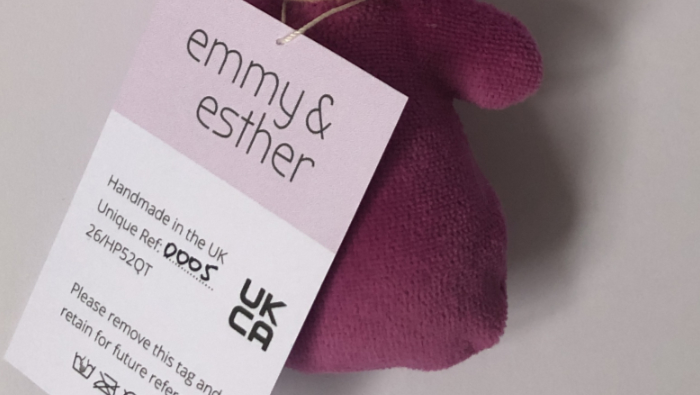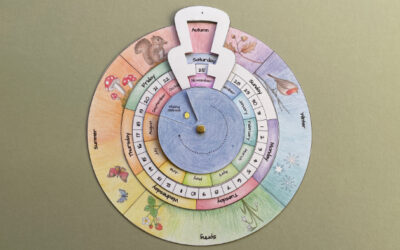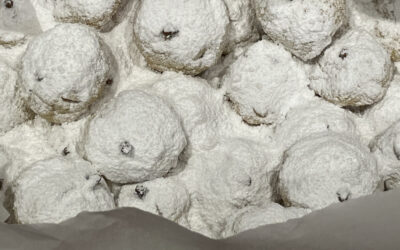Dolls and other toys made available for sale in the EU or in the UK have to be CE or UKCA marked to ensure they do not pose any kind of health and safety risk to children and babies. This rule applies to small independent producers of hand made dolls in the same way as it does to large toy producers.
What is the difference between CE and UKCA?
The EU’s CE mark stands for Conformité Européenne and applies to selling within the European Union. Other countries have their own standards, including the UK since 31 December 2021, the UKCA mark (UK Conformity Assessed). The various tests required for these two marks are exactly the same, but because of Brexit the UK can no longer use the EU mark, although it adheres to the same European product safety standard, EN71.
What tests are required?
There are three parts to testing applicable to soft toys which are required to achieve the product safety standard. The first two sets of tests have to be performed on a washed and an unwashed specimen of the toy:
EN 71-1: Mechanical and physical properties
All the fabrics, seams, fastenings, doll clothes and hair have to withstand stresses of a certain weight and force without breaking. Hair and cords (for example of a cardigan or a doll’s handbag) must be under a certain length so as not to present a strangulation risk, and any removable items must also be above a certain size so that they cannot be accidentally swallowed by a child.
EN 71-2: Flammability
Doll makers have to test how their finished toy reacts to a flame. Most materials, even natural ones, will burn when exposed to a flame rather than self extinguishing, but the rate of the fire spreading has to be measured.
EN 71-3: Specification for migration of certain elements
This standard is about the chemical safety of all materials used (including buttons, threads, fastenings etc). These tests have to be carried out by a laboratory which will provide a certificate setting out the results of the chemical tests, and whether or not the chemicals found in the materials are within the required limits. Doll makers must have a certificate in their files for any materials and parts used for each type of doll they sell.
Don’t be put off!
Toy makers may have to go back to the drawing board several times to alter their manufacturing process or source new materials to ensure that the finished product meets the standards. Once a doll passes the tests, any subsequent dolls have to be made using the exact same patterns, processes and materials.
These processes are all very rigorous and some toys may not pass the tests on the first attempt, but ultimately all this leads to a higher quality doll.
When I first started researching CE/UKCA testing, I was quite overwhelmed, thinking it was impossible to do for a small artisan. But I decided to push through and do it. I won’t say it’s easy – it is a time consuming process that requires patience, and it is also an ongoing process if you want to develop new designs. But there are some fantastic support groups and resources available that help you through it all, so I would encourage anyone to give it a go, and reach out if you need help.







0 Comments